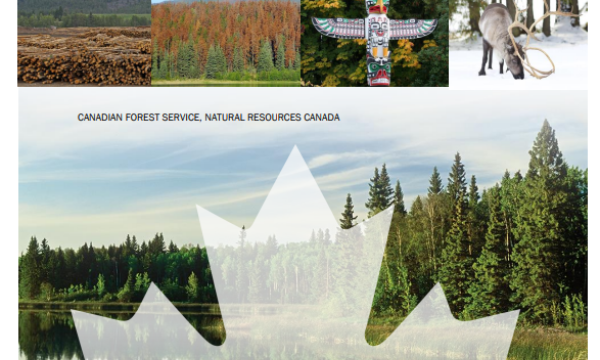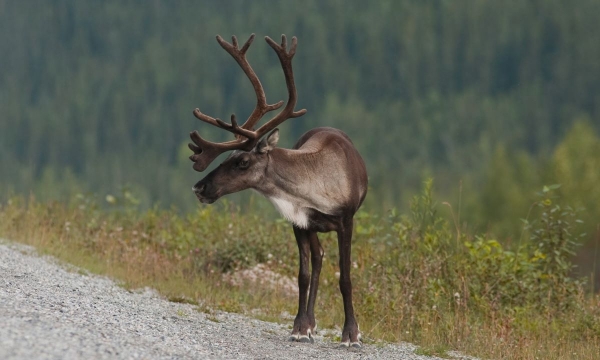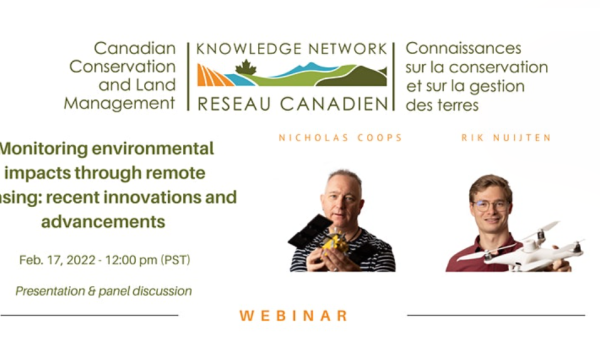Ressources de Gestion des Terres
Ressource
Auteurs
Wei-Yew Chang
Chris Gaston
Julie Cool
Barb Thomas
Genomics-assisted tree breeding (GATB) is an emerging biotechnology method that has the potential to produce improved planting stock in selected traits, such as greater volume or higher wood quality...
Ressource
Auteurs
Gunnar Jansson
Jon Kehlet Hansen
Matti Haapanen
Harald Kvaalen
Arne Steffenrem
Resource Date:
October
2016
This resource is available on an external database and may require a paid subscription to access it. It is included on the CCLM to support our goal of capturing and sharing the breadth of all...
Ressource
Auteurs
Juho Rantala
Pertti Harstela
Veli-Matti Saarinen
Leo Tervo
Techno-economically reasonable mechanization of tree planting has proved to be a difficult task in the Nordic working conditions. Although planting machines and combinations of base machine and...
Ressource
Auteurs
Back Ersson
Tiina Laine
Timo Saksa
In Fennoscandia, mechanized tree planting is time-efficient and produces high-quality regeneration. However, because of low cost-efficiency, the mechanization of Fennoscandian tree planting has been...
Ressource
Auteurs
Shijuan Chen
Gregory McDermid
Guillermo Castilla
Julia Linke
Resource Date:
December
2017
Monitoring vegetation recovery typically requires ground measurements of vegetation height, which is labor-intensive and time-consuming. Recently, unmanned aerial vehicles (UAVs) have shown great...
Ressource
Auteurs
Canadian Forest Service, Natural Resources Canada
This Research Agenda identifies research gaps and sets priorities for NRCan-CFS research over the next 5-10 years that will help Canada manage cumulative effects to support forest ecosystem resilience...
Ressource
Auteurs
Sean Rapai
Duncan McColl
Richard McMullin
Resource Date:
November
2017
This resource is available on an external database and may require a paid subscription to access it. It is included on the CCLM to support our goal of capturing and sharing the breadth of all...
Ressource
Auteurs
Nicholas Coops
Rik Nuijten
Kristy Burke
Rebecca Edwards
Joanne White
Darren Pouliot
This video is a recording of the second webinar hosted by the Canadian Conservation and Land Management (CCLM) Knowledge Network on February 17th, 2022. During this presentation, Canada Research Chair...
Ressource
Auteurs
Nick Salafsky
Robyn Irvine
Judy Boshoven
Jaclyn Lucas
Kent Prior
Jean-François Bisaillon
Becky Graham
Paul Harper
André Laurin
Amanda Lavers
Lalenia Neufeld
Richard Margoluis
Resource Date:
October
2021
There is currently a great deal of work being undertaken to collect, analyze, and synthesize available evidence about the effectiveness of conservation strategies. But substantial challenges still...
Ressource
Auteurs
Chris Johnson
Libby Ehlers
Dale Seip
This resource is available on an external database and may require a paid subscription to access it. It is included on the CCLM to support our goal of capturing and sharing the breadth of all...




